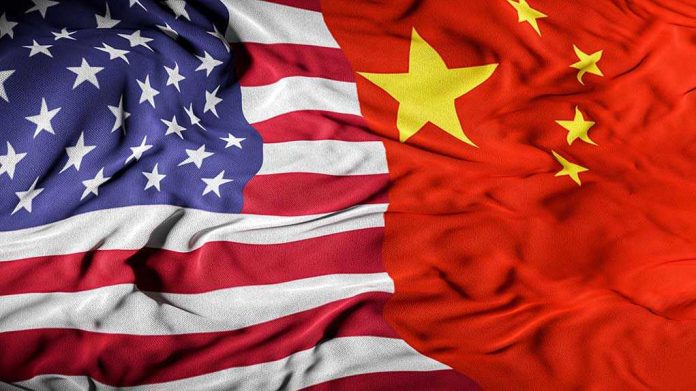
China’s strategic stranglehold on rare earth minerals threatens America’s national security and economic independence, leaving our defense and technology sectors dangerously vulnerable to Beijing’s whims.
Story Overview
- China controls 85-95% of global rare earth processing through decades of state-directed monopolization
- Beijing weaponized export restrictions in April 2025, targeting seven critical rare earth elements in response to U.S. tariffs
- America’s defense, electronics, and renewable energy sectors face severe supply chain vulnerabilities
- Western efforts to break China’s chokehold require years of investment and face massive technical barriers
China’s Calculated Economic Warfare Strategy
China’s dominance over rare earth elements represents a masterclass in economic warfare that began in the 1980s. Beijing systematically undercut global competitors by flooding markets with cheap rare earths, forcing American and Western mines to close due to unsustainable pricing.
The Communist Party declared these materials strategically important in the 1990s, blocking foreign investment while pouring state resources into domestic capacity. This wasn’t market competition—it was deliberate economic conquest designed to create dependency.
The scope of China’s control extends far beyond simple mining operations. Beijing controls the entire supply chain from extraction to the complex chemical processing required to produce high-purity materials essential for advanced technologies.
State-owned enterprises like China Rare-Earths Group, which controls 70% of domestic production, operate under direct Communist Party oversight. This vertical integration gives China unprecedented leverage over global industries that depend on these critical materials for everything from military hardware to smartphones.
America’s Dangerous Dependency Exposed
The 2010 diplomatic crisis with Japan revealed the true extent of China’s stranglehold when Beijing restricted rare earth exports over a territorial dispute. This incident sent shockwaves through Western capitals as they realized their critical industries could be held hostage by Chinese political decisions.
The situation has only worsened since then, with China consolidating control through export quotas, production limits, and environmental regulations that conveniently don’t apply to state-favored enterprises.
China’s April 2025 export restrictions on seven rare earth elements demonstrate how Beijing weaponizes these materials against American interests. These new controls directly target U.S. defense contractors and technology companies, potentially disrupting production of everything from F-35 fighter jets to wind turbines.
The timing coincides with broader trade tensions, proving China views rare earths as a geopolitical weapon rather than mere commodities. This represents a clear threat to American sovereignty and industrial capacity.
Breaking Free From Beijing’s Grip
President Trump’s administration and allied Western governments have recognized the urgent need to break China’s rare earth monopoly. The U.S., European Union, and Australia have launched ambitious programs to develop domestic processing capabilities and secure alternative supply chains.
However, these efforts face enormous technical and financial obstacles that China has spent decades perfecting through state subsidies and environmental corner-cutting that Western nations rightfully refuse to replicate.
The path to rare earth independence requires sustained American resolve and significant investment in domestic capabilities. Companies like MP Materials are working to establish U.S. processing facilities, but achieving meaningful production scale will take years of dedicated effort.
China’s willingness to absorb massive environmental costs and subsidize unprofitable operations through state resources gives them advantages that free-market economies must overcome through innovation, efficiency, and strategic government support that protects national security without compromising conservative principles of limited government.
Sources:
Detailed timeline: China’s rare earth restrictions and strategic moves
China rare earth processing monopoly 2025
A brief history of US-China rare earth rivalry
Developing rare earth processing hubs: analytical approach
Recap: How China’s rare earth monopoly is reshaping the world














